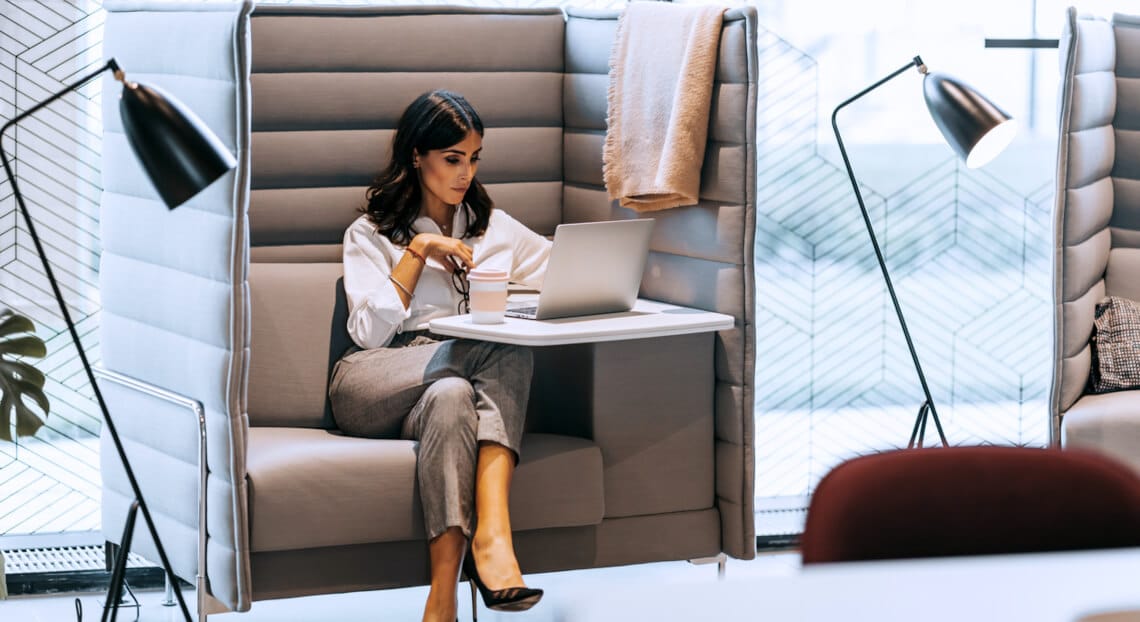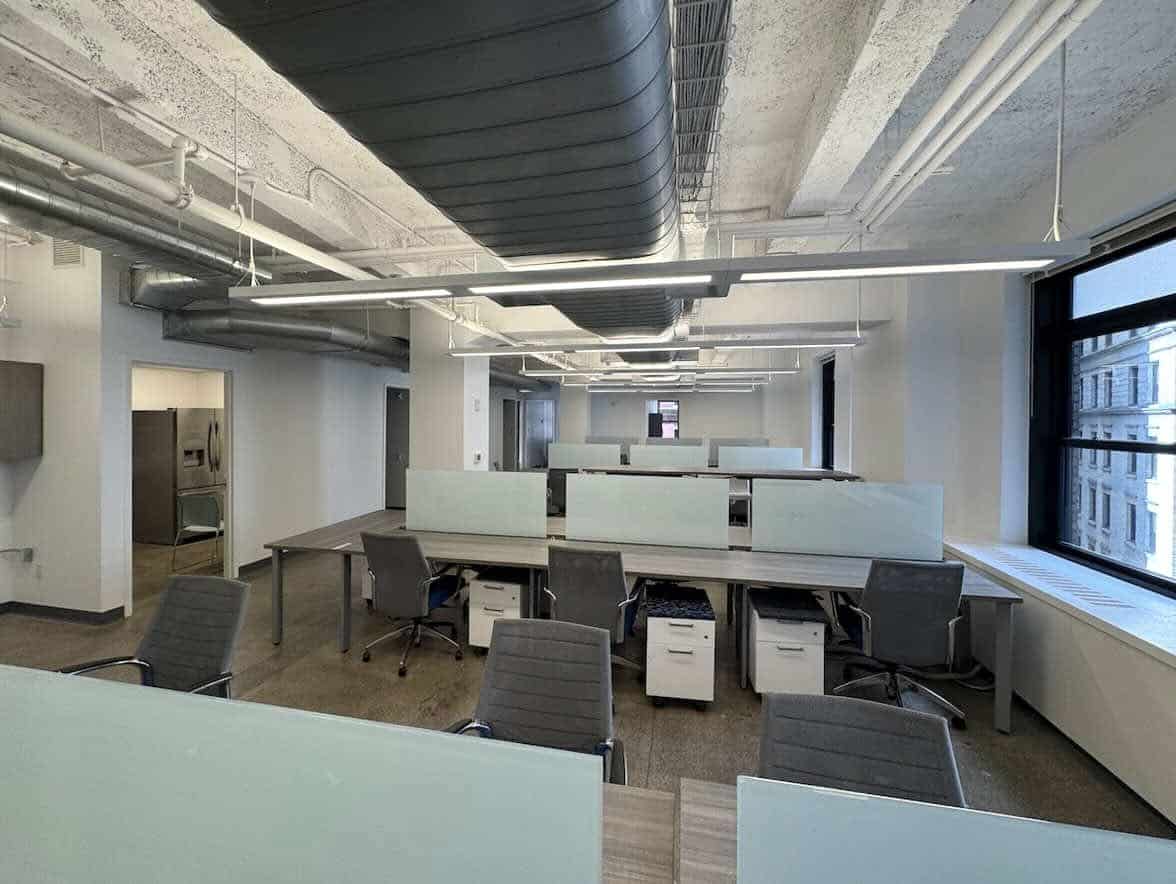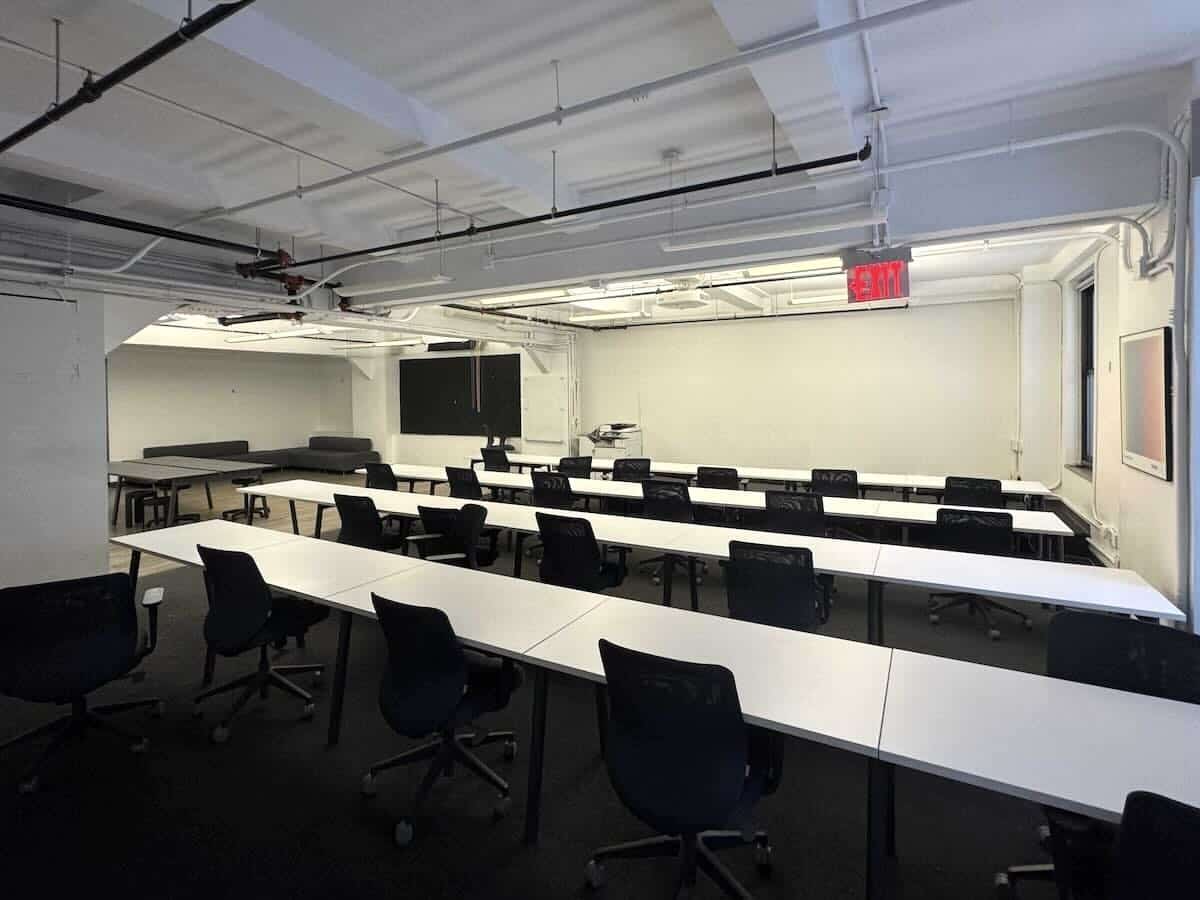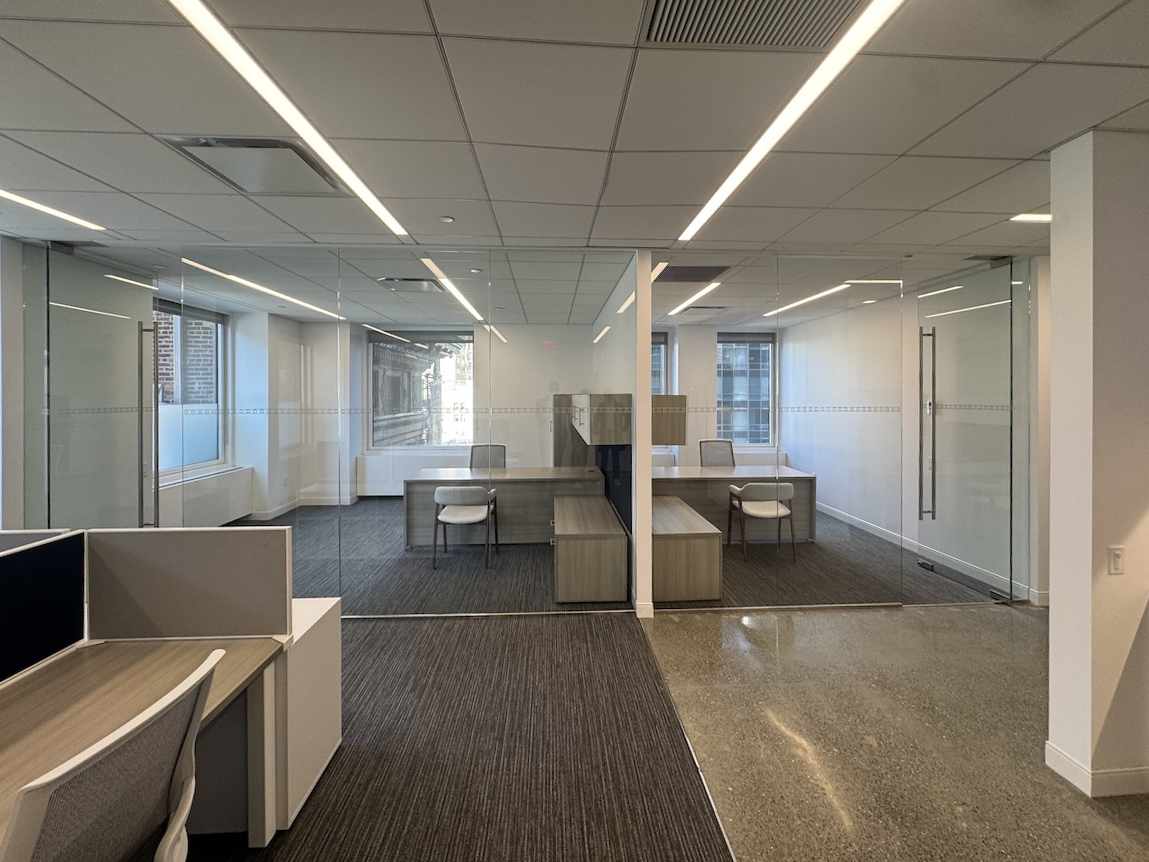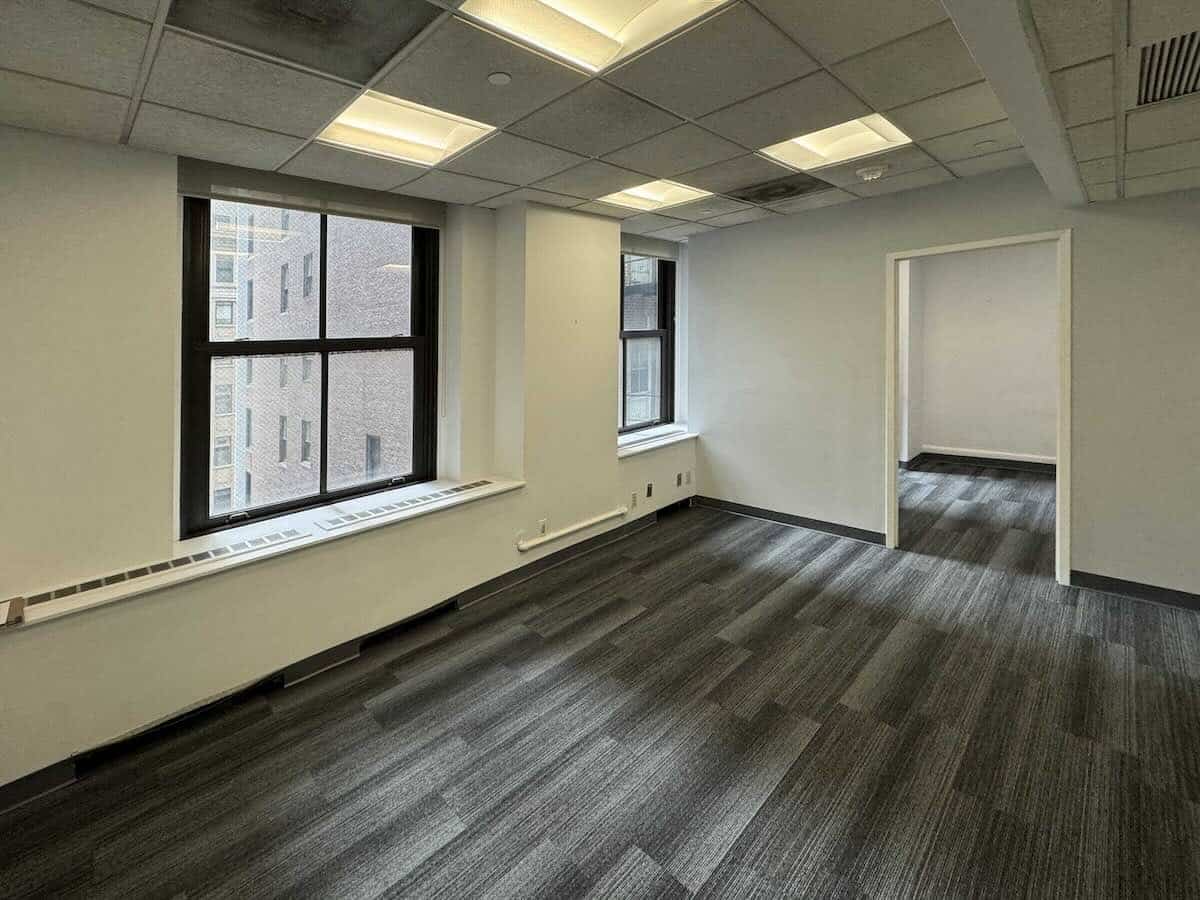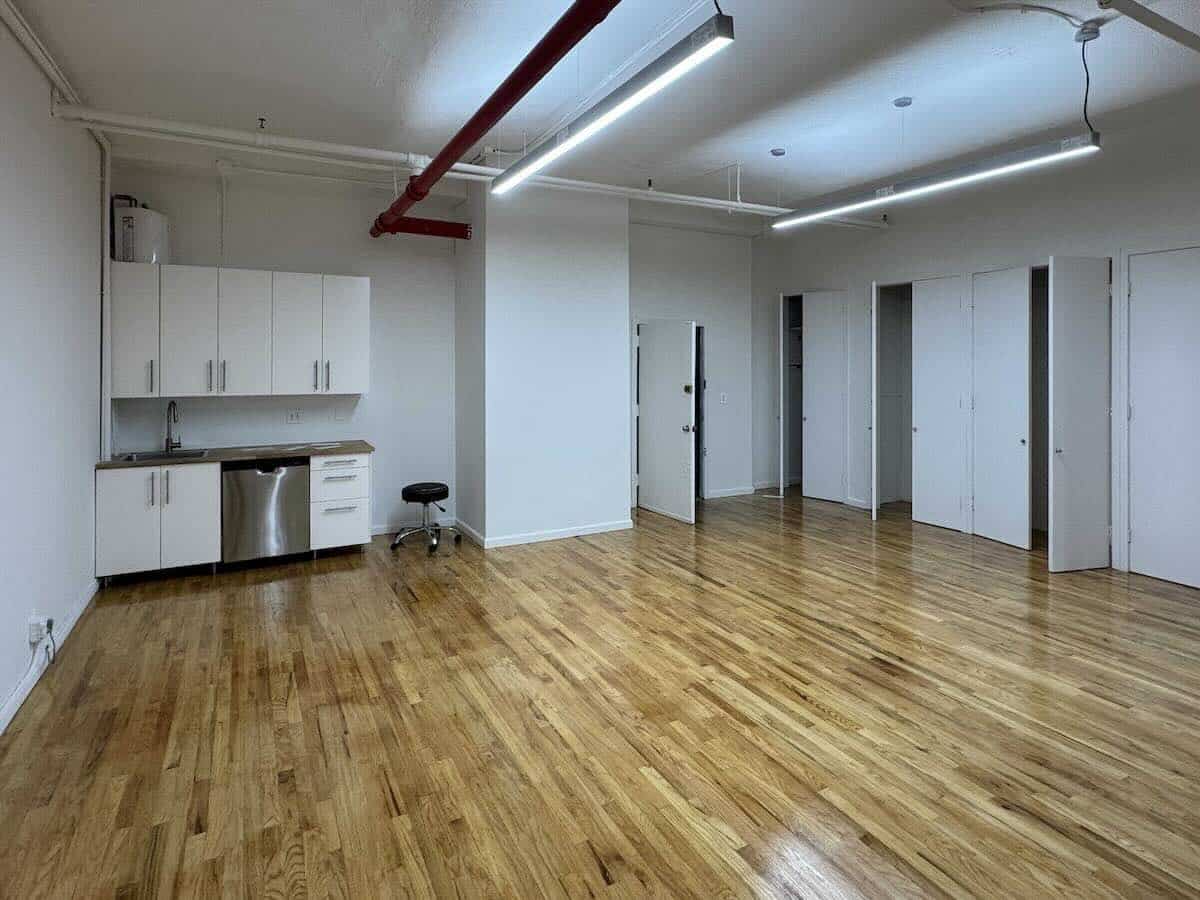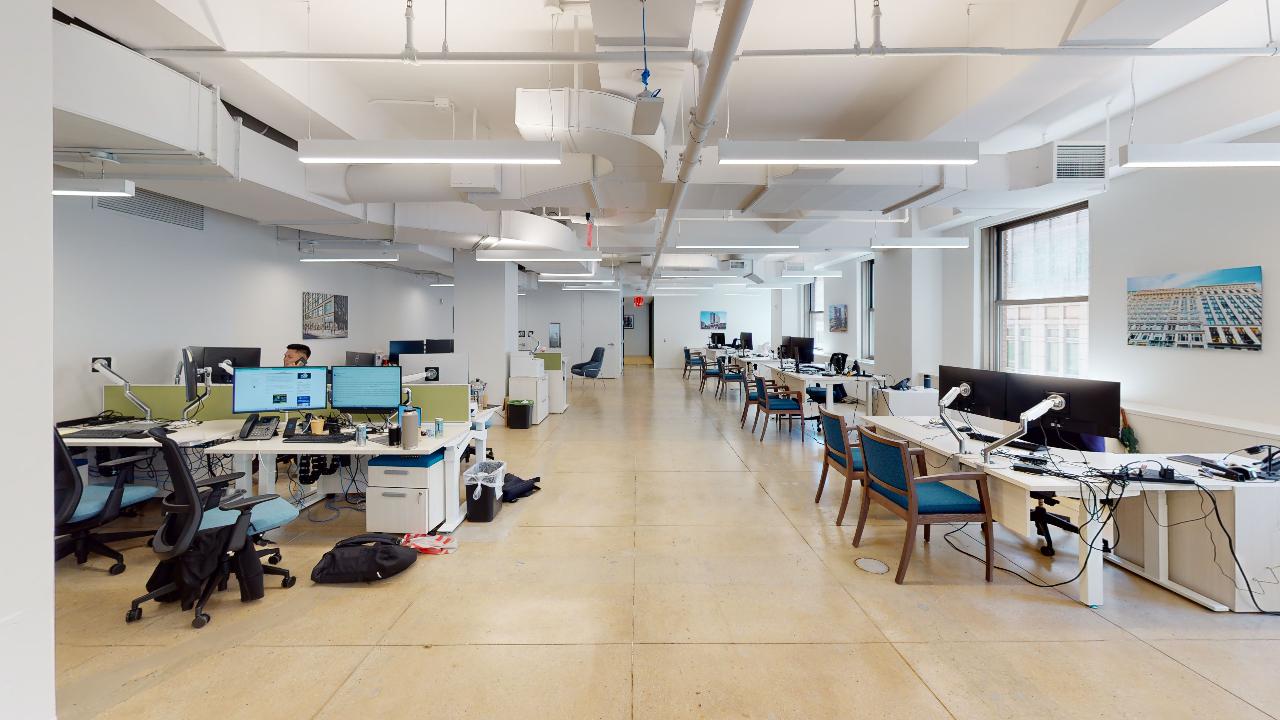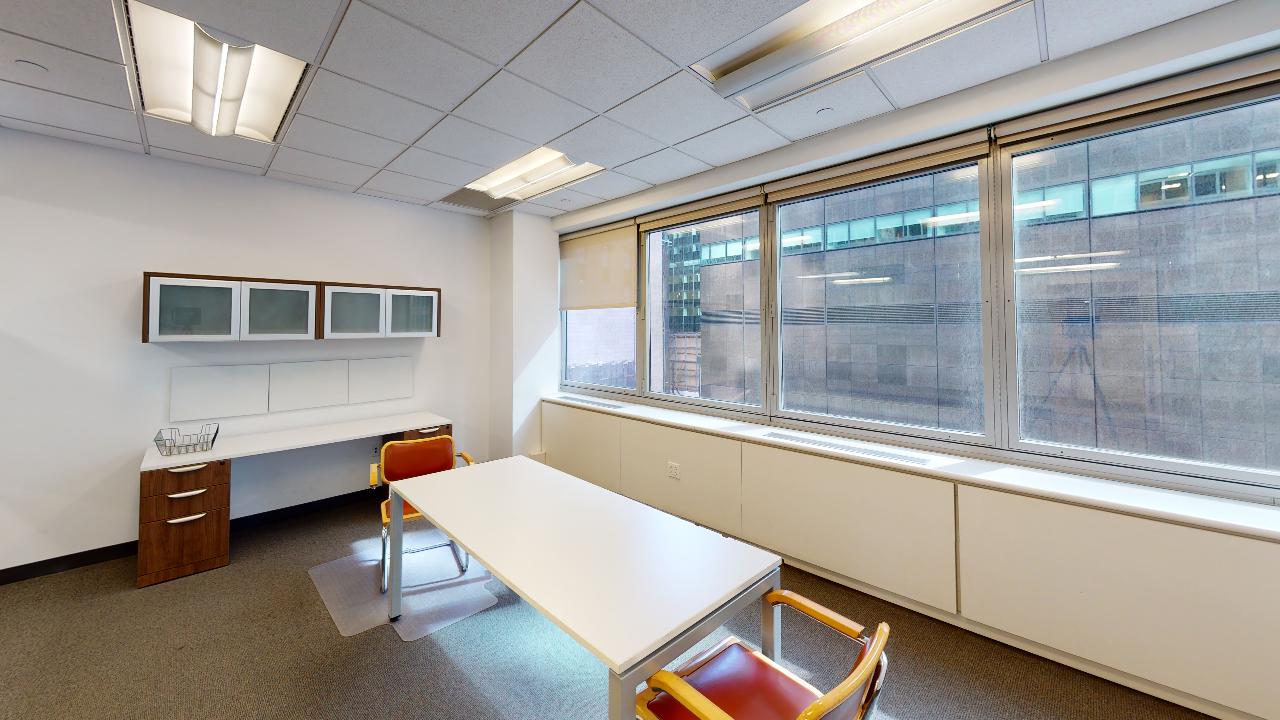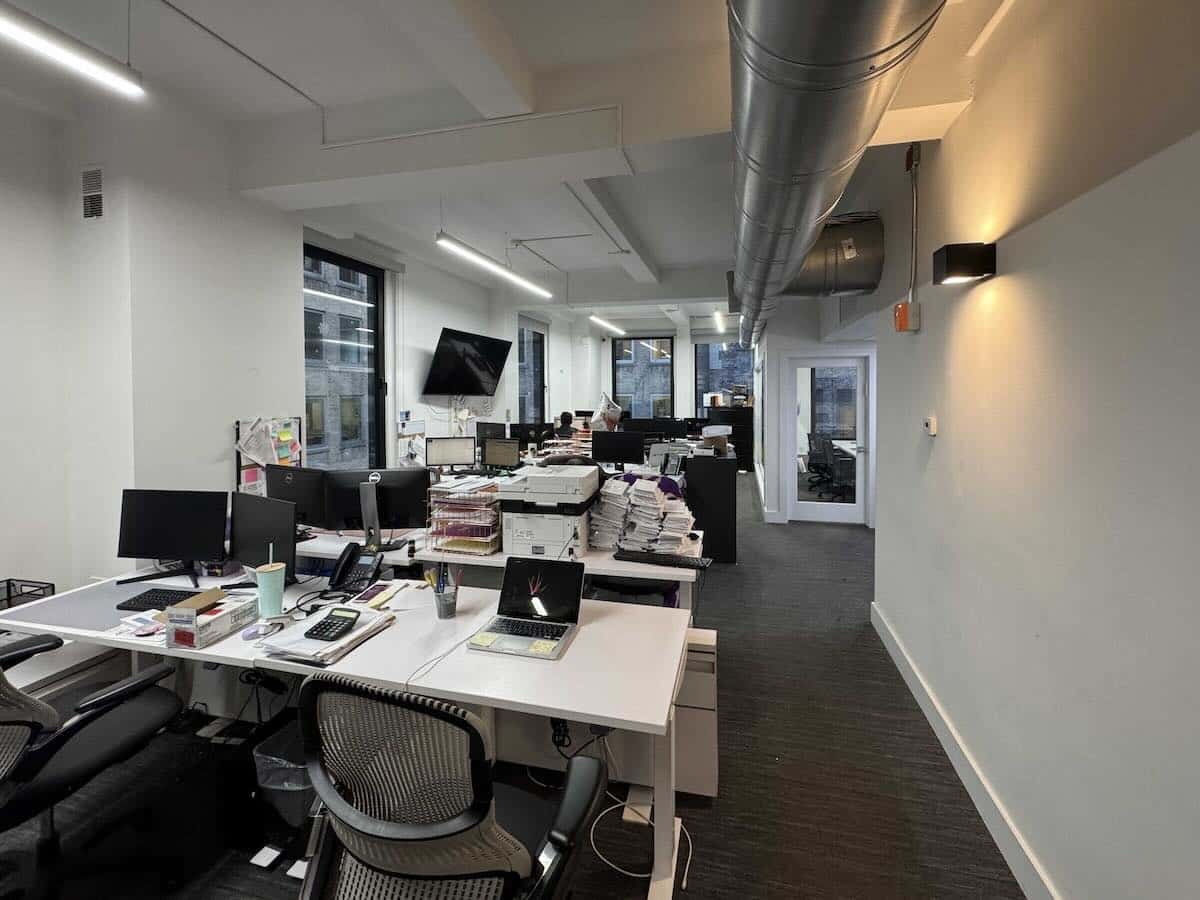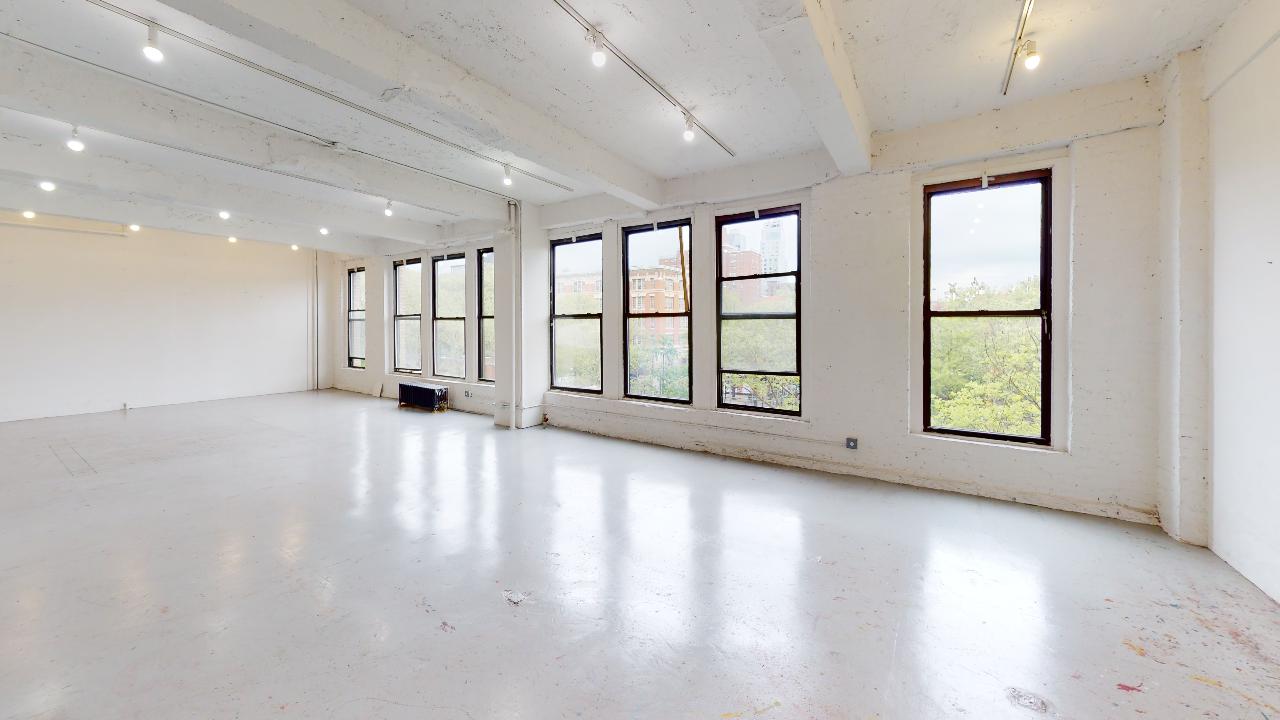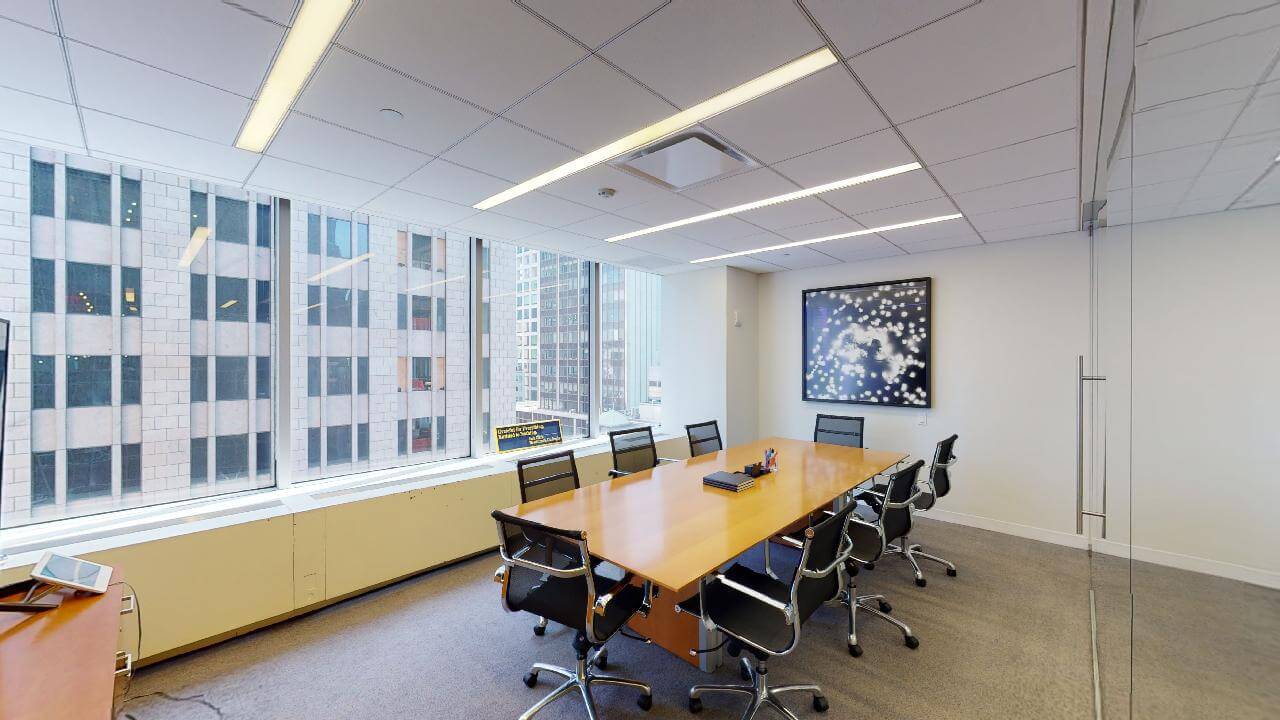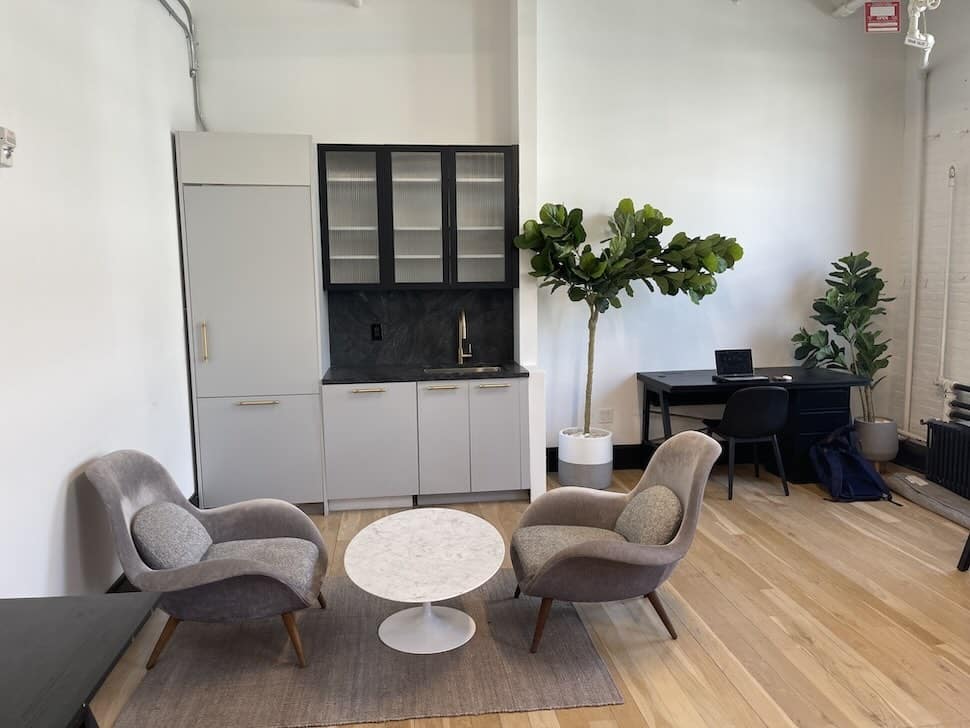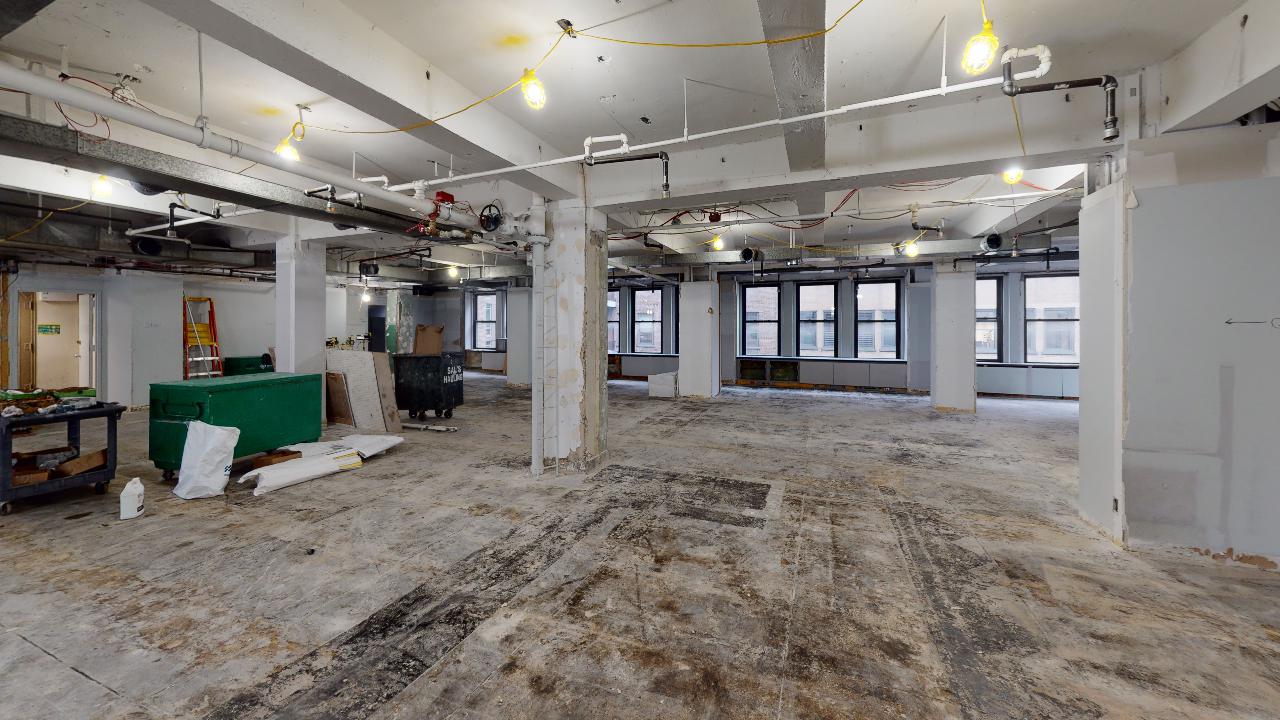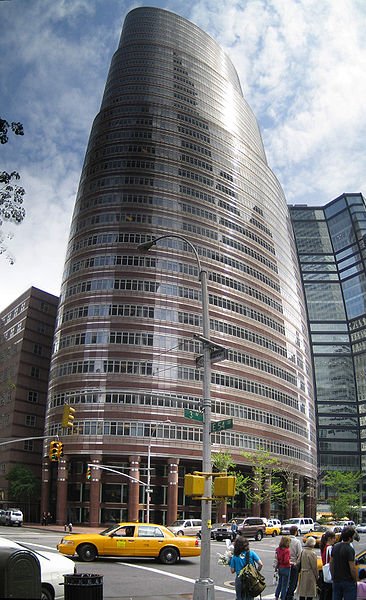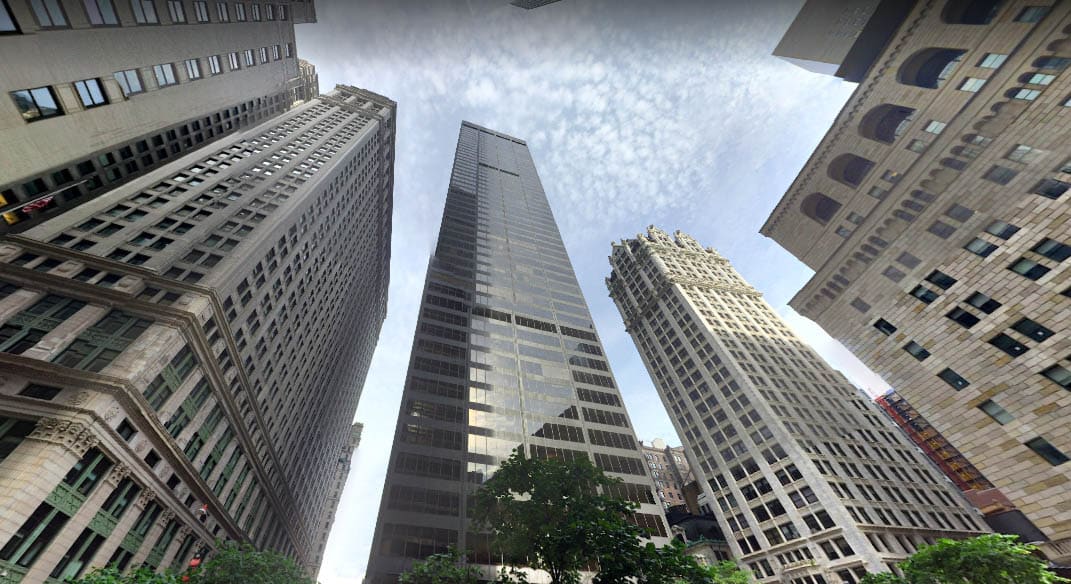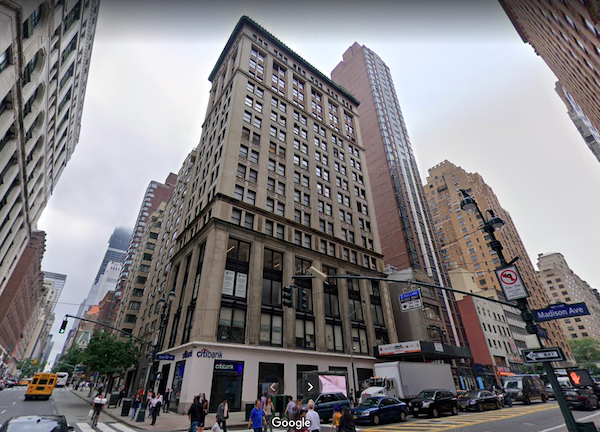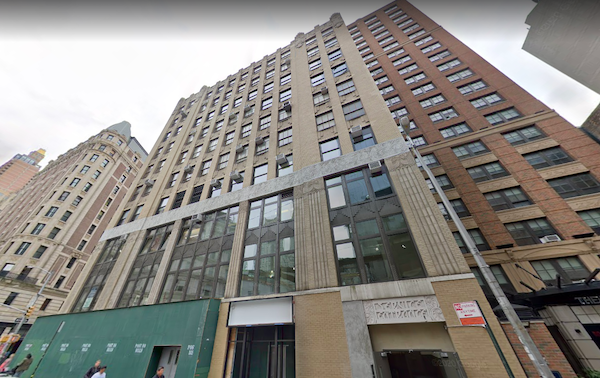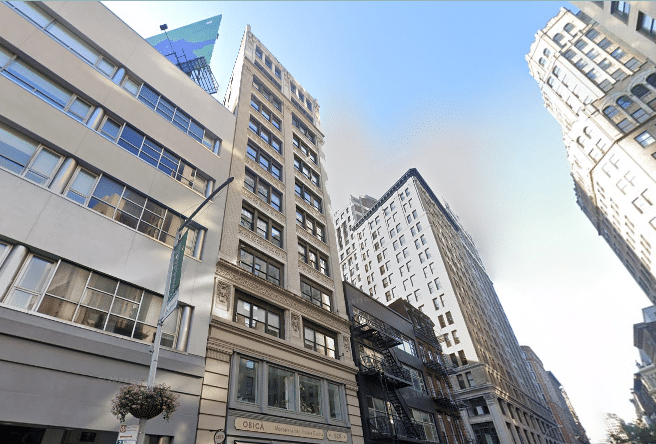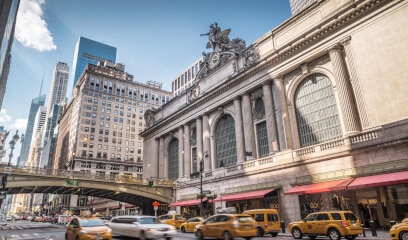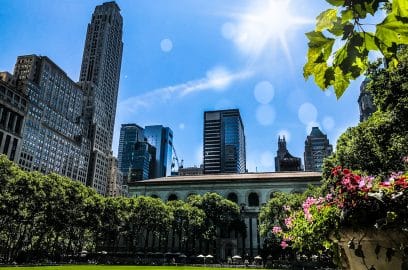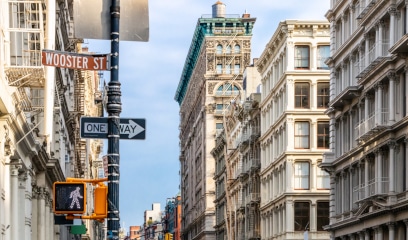Are you reading this from your office desk? Look around you; what do you see? Is your workspace uninspiring and dull, or has it been designed with your well-being and productivity in mind? Office design can significantly affect your overall work experience, affecting your mood, motivation, and efficiency.
As we spend most of our waking hours at work, having a workspace that feels good is vital. Employers and property owners have recognized this, and the modern workplace has undergone a remarkable transformation in just one decade. From bleak and sterile to warm and inviting, the focus is now on creating a workspace that prioritizes people.
This shift in focus has led to many office design trends aimed at making everyone feel welcome, valued, and inspired. From comfortable seating arrangements to striking decor, these trends are about more than just aesthetics. They’re about fostering productivity, happiness, and positive work culture.
Watch the latest office design trends if you want to stay ahead of the curve. In this article, we’ll explore six popular trends to follow in 2019 and 2020 to give you an edge on creating a workspace that fosters productivity, happiness, and well-being.
1. Various Layouts
Gone are the days of the one-size-fits-all office layout. Instead, employees want workspaces that cater to their
needs, and companies are taking note. The latest trend in office design is all about variety and customization, with businesses incorporating private areas and cozy seating options into their offices. This approach balances open areas with spaces tailored to individual needs, creating an environment where everyone can thrive.
Say goodbye to traditional assigned seating. Instead, activity-based workspaces are taking over and empowering employees to choose a workspace that best suits their current tasks. Whether they need to collaborate, work independently, or take a break, every activity has a designated area. This freedom and flexibility are game-changers for modern workplaces, giving employees a sense of control over their workspace and boosting their productivity.
Smaller companies are also following suit, adopting these trends to create a comfortable and personalized environment for their employees. By putting a premium on variety and customization, companies invest in their employees’ well-being, resulting in happier and more productive staff.
2. Smart Technology
With the rise of digital nomads, smart technology is becoming increasingly popular in the workplace. As a result, offices are moving away from traditional desktop computers and offering more flexible options, such as laptops and wireless charging stations.
In addition, companies are investing in energy-efficient systems that use sensors to detect when employees enter a room, adjusting lighting and temperature accordingly. Doing this saves money on energy bills and creates a more comfortable work environment.
Assistive technology is also becoming more prevalent, with various devices and software available to aid employees with disabilities. These technologies are changing how people work, from color-coded keyboards and Braille displays to speech recognition and sign language apps. We can expect even more exciting innovations with the rapid pace of technological advancements.
3. A Non-Office Atmosphere
Gone are the days when a typical office environment consisted of sterile cubicles and harsh fluorescent lighting.
Today, forward-thinking companies are introducing unconventional designs to make their workspaces feel less like traditional offices and more like inviting hangouts. As a result, modern offices offer a more relaxed atmosphere, from cozy lounge areas with mood lighting to comfortable furniture that you would expect to see in a stylish café.
Designers also consider the employee’s comfort by giving them the power to adjust the temperature according to their preferences. This sense of control promotes relaxation and productivity, leading to a better work experience. Such changes in office design are more comfortable for employees and contribute to a more vibrant and creative work culture.
4. Pairing the Old With the New
Office design trends are evolving; one of the most prominent ones is pairing the old with the new. No longer are vanilla boxes the norm. Instead, designers preserve the original spaces’ character by showcasing steel beams and brick structures. This strategy of combining historic preservation with modern design elements is visually appealing and sustainable.
This approach is not limited to existing buildings. New constructions also incorporate the same strategy by adding rough, old furniture pieces and industrial-style brickwork and concrete flooring to enhance the beauty of the fresh space while preserving craftsmanship. The resulting aesthetic creates a unique, inviting atmosphere that inspires creativity and productivity.
5. A Focus on Employee Well-Being
No longer do companies solely see their employees as resources to maximize productivity. Today, the focus has shifted towards a more holistic approach to prioritizing employee well-being. As a result, more and more companies are investing in amenities beyond just a coffee machine and a water cooler. For instance, meditation areas, yoga studios, and even massage rooms are becoming increasingly common in modern offices. Moreover, some offices have game rooms, rock climbing walls, and even music spaces where employees can jam and let off steam. By providing these elements, companies aim to boost employee morale and productivity, as well as create a sense of community within the workplace.
6. Textures and Biophilic Finishes
In the past, office design was about creating a sleek and efficient space. However, as the years have passed, designers have realized the importance of incorporating texture into the workplace to create a more dynamic environment. As a result, this trend has increased interest in biophilic office design, which incorporates natural elements like bamboo and shrubbery walls, metal display cabinets, and acoustic panels. Consequently, these features add texture and depth to the space and create a more sustainable and environmentally friendly workplace.
Moreover, as companies strive to attract and retain top talent, creating a comfortable and inviting office space has become a top priority. By embracing biophilic design, companies can create a visually appealing space that is conducive to employee well-being. Not only does this trend add an element of nature to the workspace, but it also helps to promote sustainability and environmental responsibility. As a result, by incorporating natural materials and textures, offices can create a workspace that is both visually and functionally appealing.
The Key Takeaway
The modern workplace has undergone a remarkable transformation over the past decade, with a shift in focus towards creating workspaces that prioritize employee well-being and productivity. By adopting the latest office design trends, businesses can create a comfortable and personalized environment for their employees, resulting in happier and more productive staff. Furthermore, from flexible seating arrangements to smart technology and a non-office atmosphere, the latest office design trends are about more than aesthetics; they’re about fostering a positive work culture that values employee well-being.
As a result, by staying ahead of the curve and incorporating these trends into their offices, companies can create a unique and inviting atmosphere that inspires creativity and productivity.
Looking for modern office space in Manhattan? Contact Metro Manhattan Office Space at (212) 444-2241 or email to explore offices with state-of-the-art amenities in prime locations.
